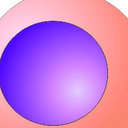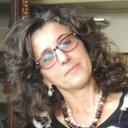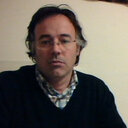Potential involvement of IL-22 and IL-22-producing cells in the inflamed salivary glands of patients with Sjogren's syndrome.
Klíčová slova
Abstraktní
OBJECTIVE
In chronic inflammatory disorders, interleukin (IL)-22 may act either as a protective or as a pro-inflammatory cytokine. At mucosal sites, IL-22 is mainly produced by CD4(+) T cells and by a subset of mucosal natural killer (NK) cells expressing the receptor NKp44 (NKp44(+) NK cells). The aim of this study was to investigate the IL-22 expression in the salivary glands of patients with primary Sjögren's syndrome (pSS).
METHODS
Minor salivary gland biopsies were obtained from 19 patients with pSS and 16 with non-specific chronic sialoadenitis. Quantitative gene expression analysis by TaqMan real-time PCR and immunohistochemistry for IL-17, IL-22, IL-23 and STAT3 (signal transducer and activator of transcription) was performed on salivary glands from patients and controls. The cellular sources of IL-22 among infiltrating inflammatory cells were also determined by fluorescence-activated cell sorting analysis and immunohistochemistry.
RESULTS
IL-22, IL-23 and IL-17 were significantly increased at both protein and mRNA levels in the inflamed salivary glands of patients with pSS. STAT3 mRNA and the tyrosine phosphorylated corresponding protein were also significantly increased in pSS. Th17 and NKp44(+) NK cells were the major cellular sources of IL-22 in patients with pSS.
CONCLUSIONS
Our results suggest that, together with IL-17 and IL-23, IL-22 may play a pro-inflammatory role in the pathogenesis of pSS.





